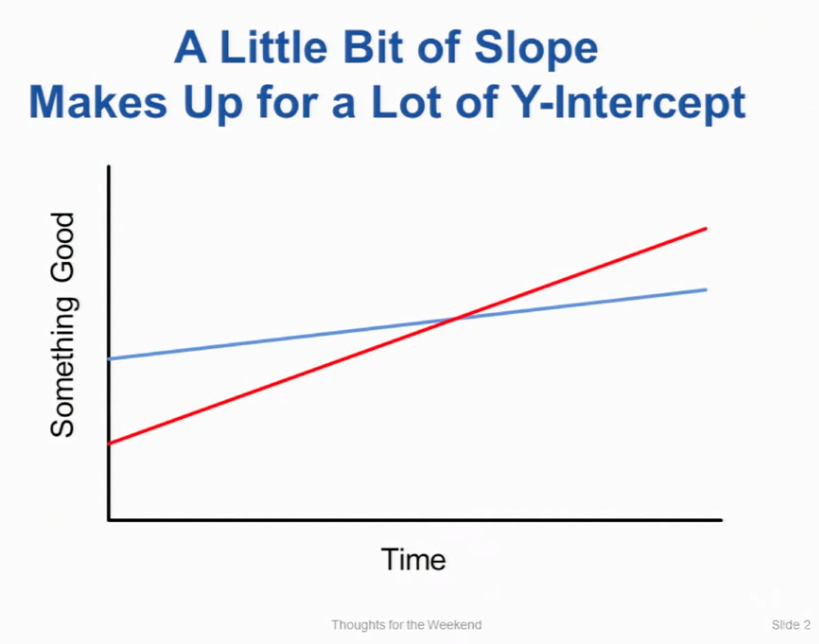preface: Posting these online since it sounds like these notes are somewhat interesting based on a few folks I've shared with. These are semi-rough notes that I basically wrote for myself in case I ever needed to revisit this fix, so keep that in mind.
I recently bought an LG ULTRAGEAR monitor secondhand off of a coworker. I really love it and it's been great so far, but I ran into some minor issues with it in Linux. It works great on both Mac and Windows, but on Linux it displays just a black panel until I use the second monitor to go in and reduce the refresh rate down to 60 Hz.
This has worked decent so far but there's some issues:
- It doesn't work while linux is booting up. The motherboards boot sequence is visible just fine, but as soon as control is handed over to Linux and I'd normally see a splash screen while I'm waiting for my login window, I see nothing.
- It doesn't work on the login screen. This would be fine if login consistently worked on my second screen, but I need to manually switch
